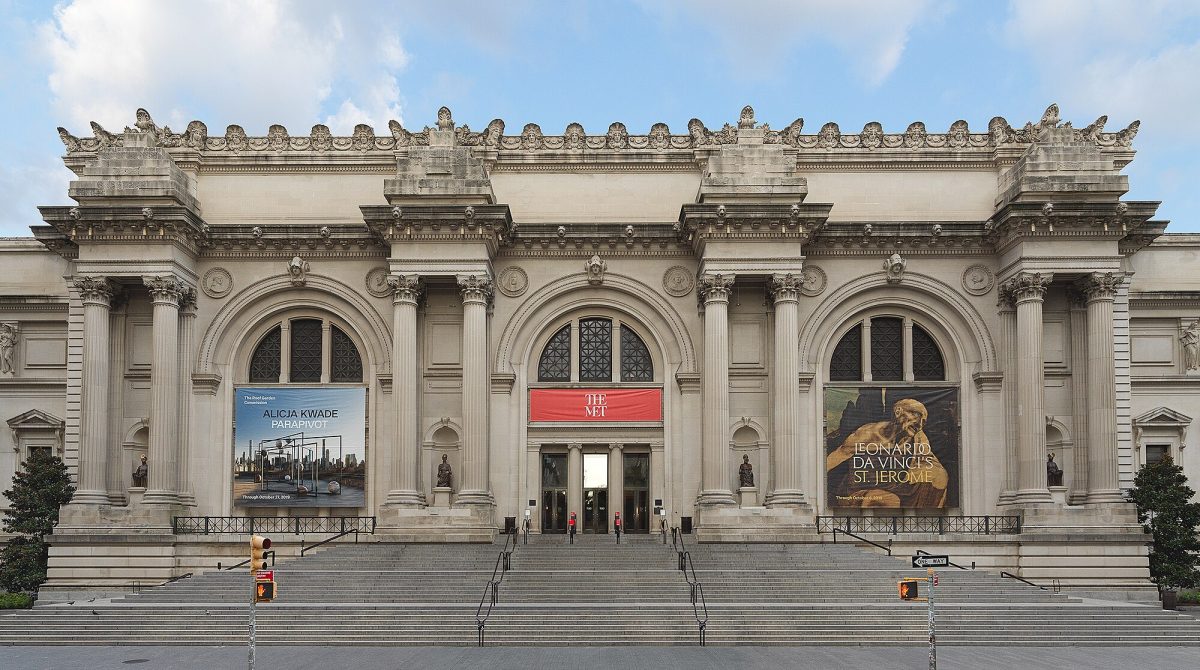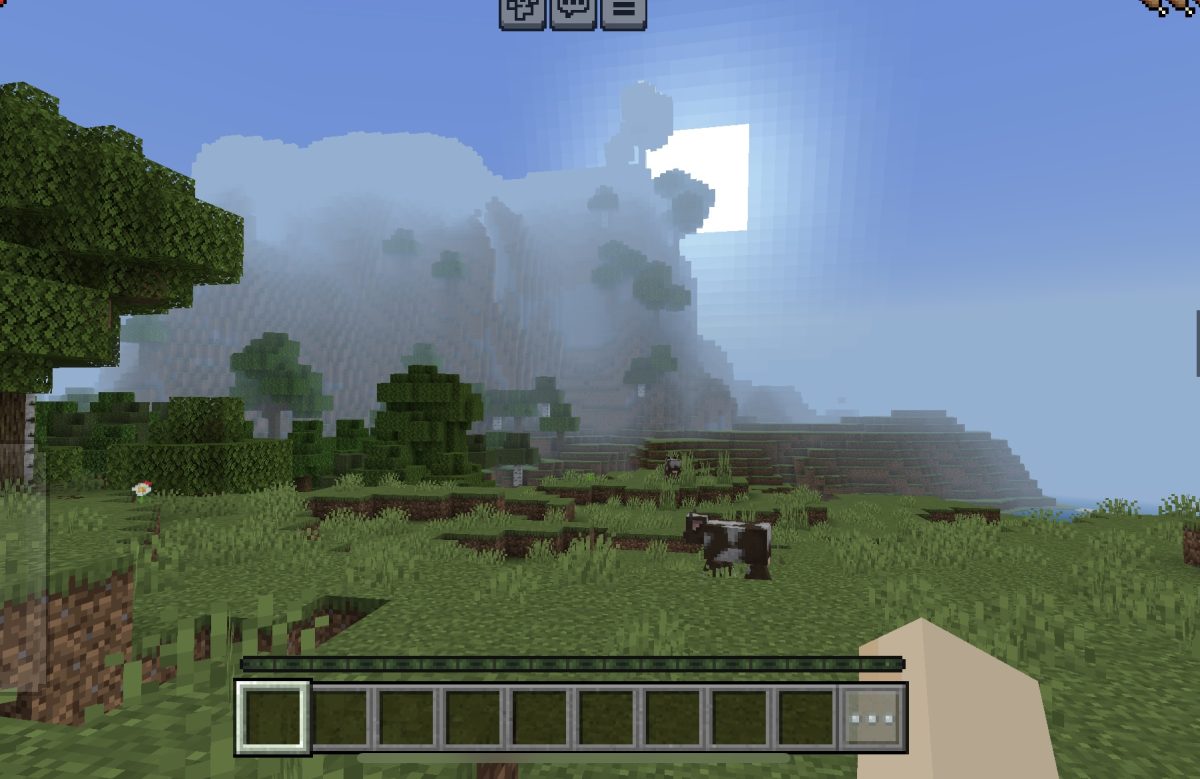By Jordan Liu | Copy Editor
The recent rains that have beset California in the past few months may yield more than just gloomy days- in the upcoming spring, there is a high possibility that superblooms may occur. A superbloom is a rare phenomenon in nature where large groups of flowers are able to sprout in dry soil, filling normally barren deserts with oceans of vibrant and colorful wildflowers. These events are beautiful sights, showcasing flowers like desert marigolds, lupine, bluebells, and evening primrose while painting desert landscapes purple, orange, and yellow.
Many Californian deserts have dormant seeds lying just beneath the surface, waiting for the perfect conditions to sprout. Consistently heavy rain season that lasts multiple months, sufficient warmth from the sun, and gentle winds all lead to rapid growth spurts and superblooms.
The potential for a superbloom to transpire this spring is significant because the last time one happened was in 2019. According to the Los Angeles Times, the historically high rainy weather that California received in November and December of 2022, all point to a promising superbloom year. While it is impossible to predict the exact dates that these events will occur, they typically sprout from late February to late May.
If a superbloom were to develop this upcoming season, the best and safest locations to see them are national parks. According to the National Park Service, the parks where these wonders most commonly occur are Joshua Tree National Park and Death Valley National Park. Lake Elsinore is another popular sightseeing area, famous for its bright orange poppies that cover the rolling hills.
California is not the only state where superblooms take place in. Arizona and Nevada also experience these events in nature, and they can even be found in the deserts of South Africa and South America.
Superblooms provide more than just beautiful views- they are also highly beneficial for the environments in which they take place. According to National Geographic, creatures like butterflies, moths, bees, and hummingbirds are drawn to the desert regions by the abundance of flowers, pollinating other plants in the area.
Unfortunately, these gorgeous natural phenomena have become increasingly rare. The specific conditions that are required to create a superbloom have become nearly impossible to achieve due to climate change and California’s infamous never-ending drought.
Another threat to superblooms is humans themselves. The popularity of the beautiful fields attracts massive hordes of visitors, with some parks receiving hundreds of thousands of them at a time. While many of these well-intentioned sightseers visit to appreciate the flowers, they can often trample the plants and damage the soil.
“When you’re there, tread carefully,” Daniel Winkler, a desert biologist for the U.S. Geological Survey, said. “Desert and arid landscapes don’t recover quickly, and a footprint can last a decade.”
While superblooms can make great photoshoot sites, it is important to remember to treat the environment well. Considering how precious superblooms have become, every visitor that goes to see them must preserve the beauty of this miraculous event in nature. When enjoying these phenomena, take care to not step on the plants and head to areas that have less traffic, such as the Anza-Borrego Desert State Park.
Whether or not California experiences a superbloom this year, it is good to understand this extraordinary event. All everyone can do in these next few months is wish for more rain and hope for a superbloom to help California spring into the new season.








